


The five-storey pink sandstone façade, with 953 latticed windows, is one of India’s most photographed landmarks. Each jharokha allows wind to pass through, creating a natural air-conditioning effect that inspired the name Hawa Mahal.

Inside, the Hawa Mahal features gently sloping ramps instead of staircases, connecting the five floors. The corridors, small chambers, and open terraces showcase intricate Rajput craftsmanship.
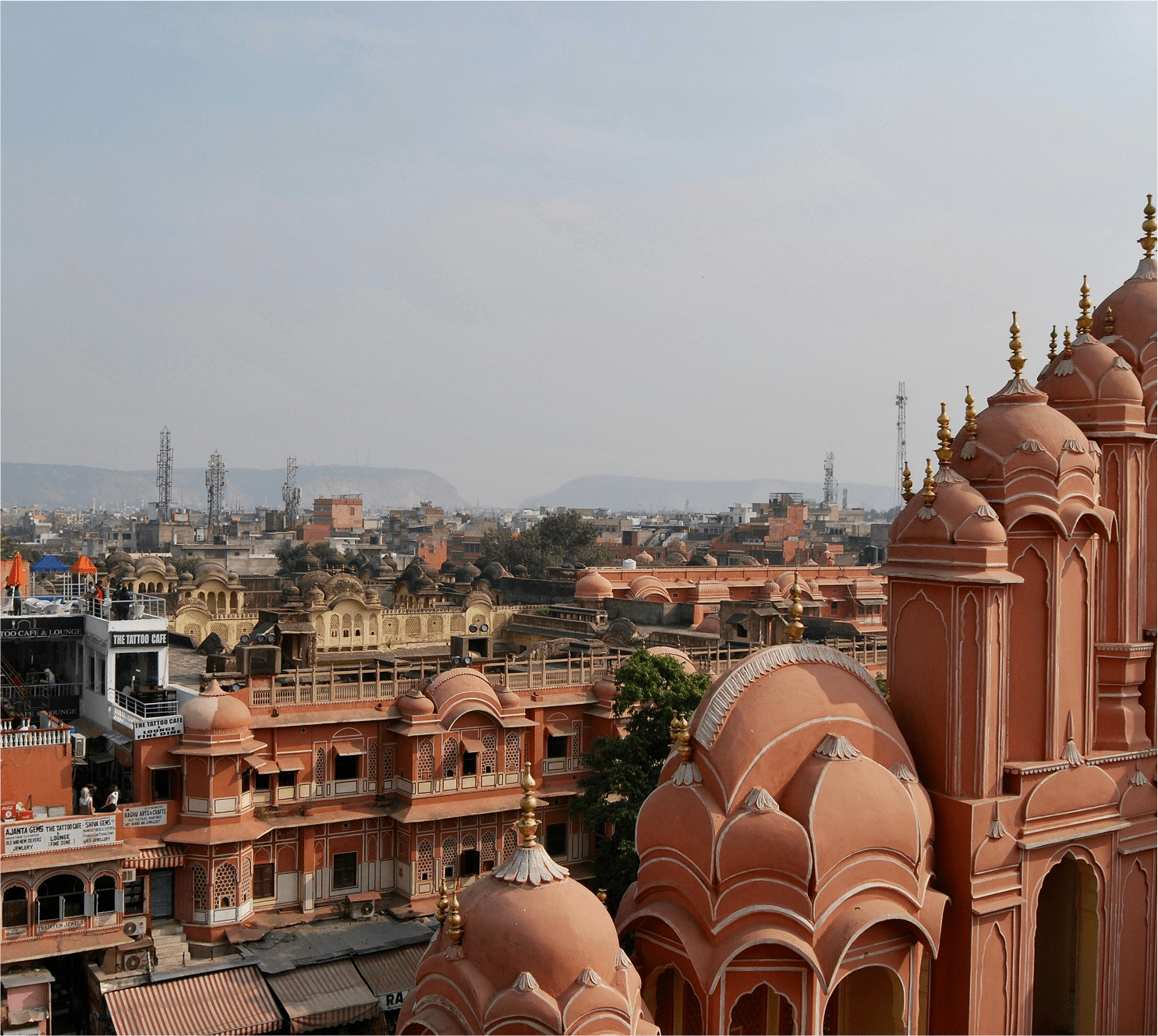
From the upper terraces, visitors can enjoy sweeping views of Jaipur’s City Palace, Jantar Mantar, and the Sireh Deori Bazaar below. The morning light striking the pink façade makes for spectacular photography.

The palace also houses a small museum that displays relics, miniature paintings, ceremonial armour, and royal artefacts, offering glimpses into Jaipur’s regal past.

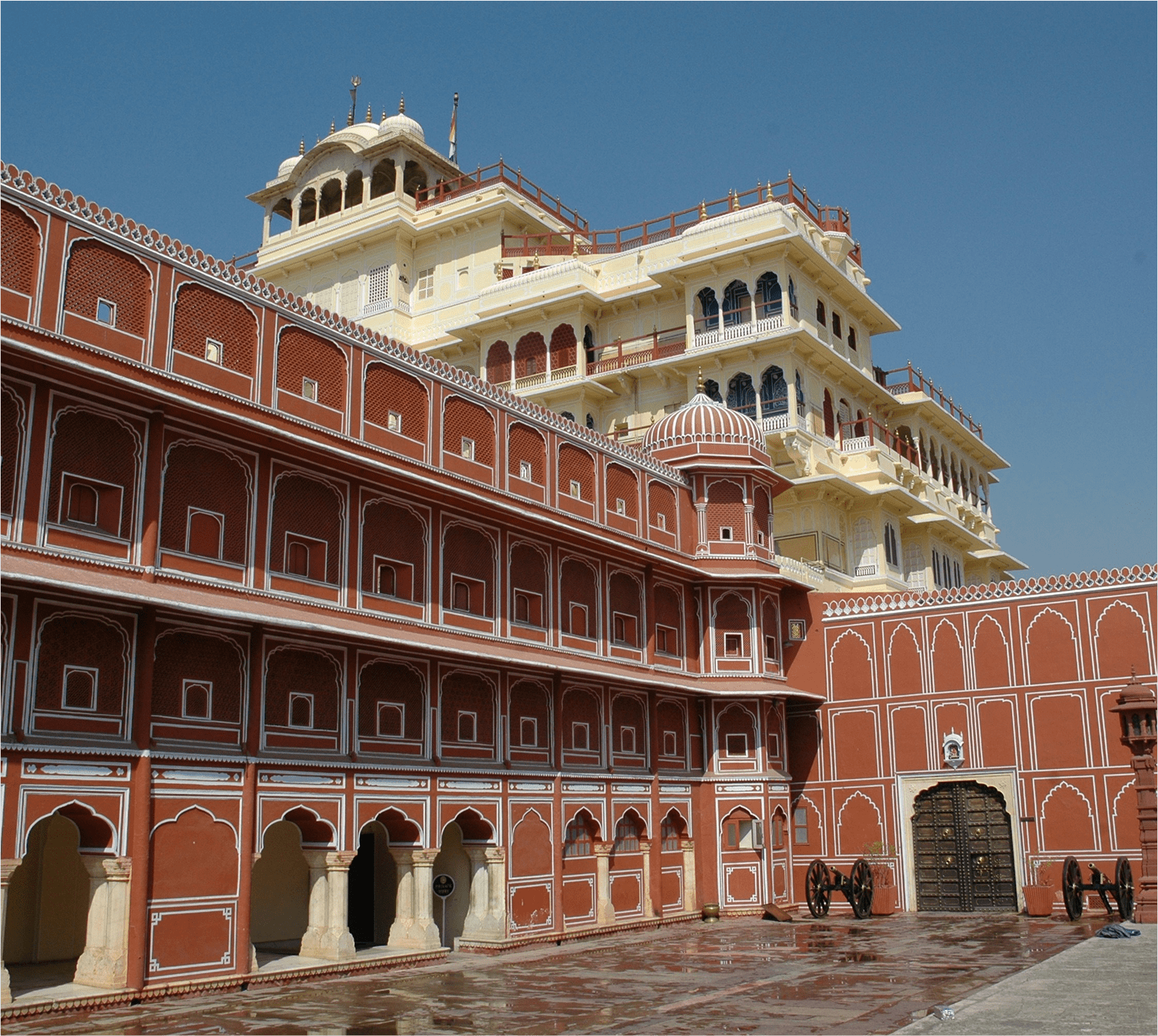
Just behind Hawa Mahal, a complex of royal courtyards and museums.
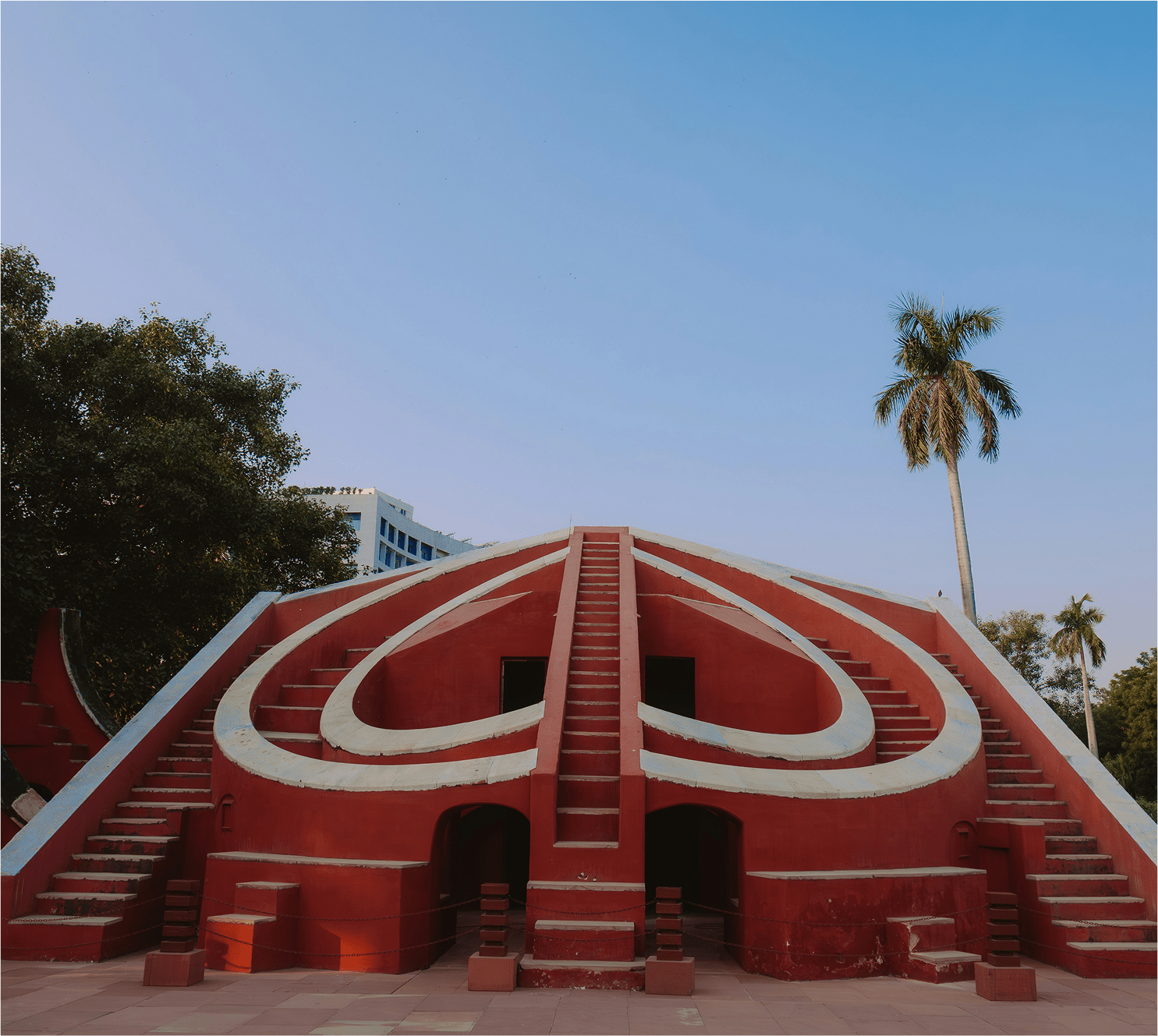
UNESCO-listed astronomical observatory (2-minute walk).
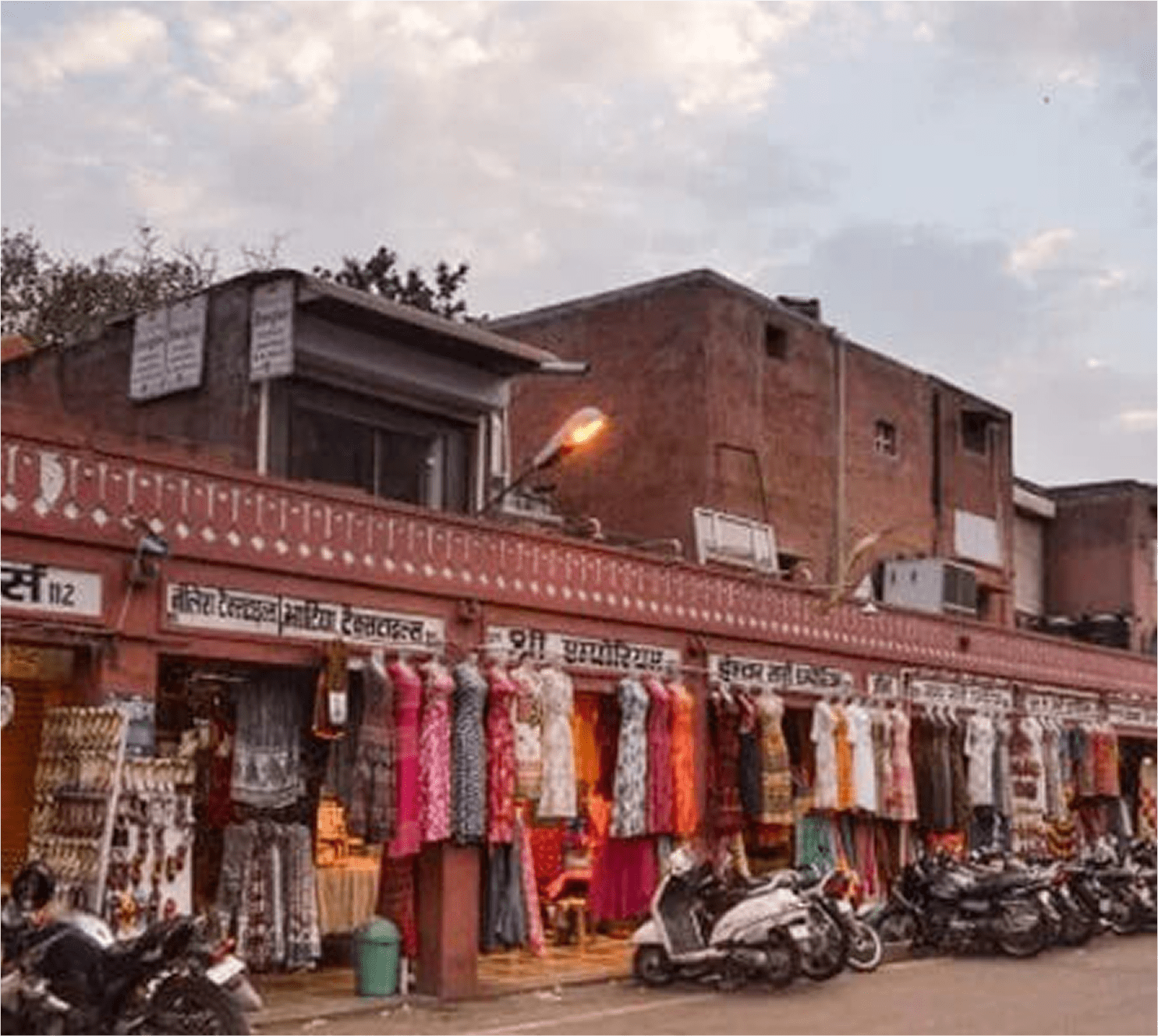
Vibrant markets for jewellery, textiles, and handicrafts.

Historic temple dedicated to Lord Krishna within the City Palace complex.
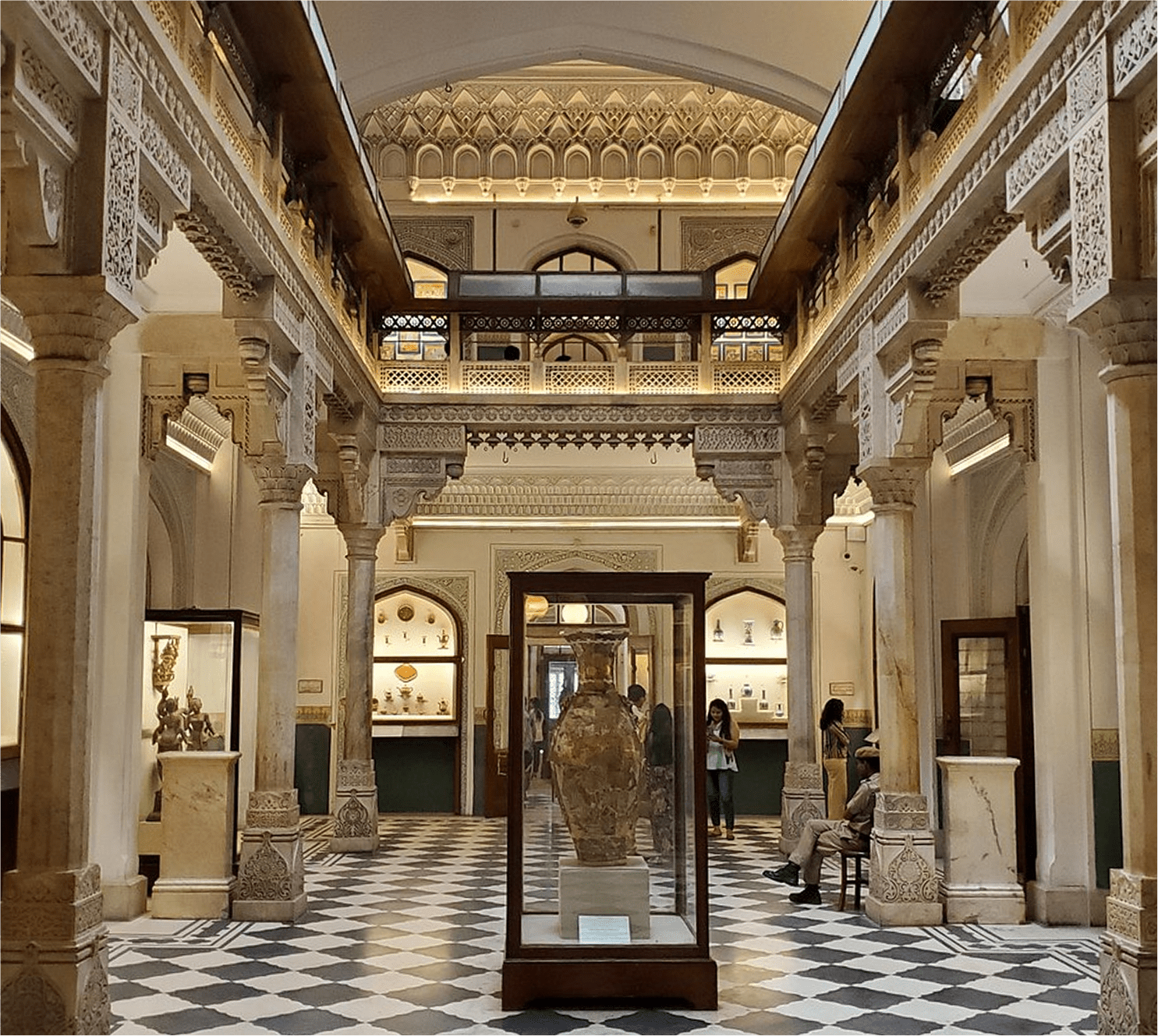
3 km away, Jaipur’s oldest museum, showcasing Rajasthani heritage.


The most iconic photo spot, especially at sunrise.
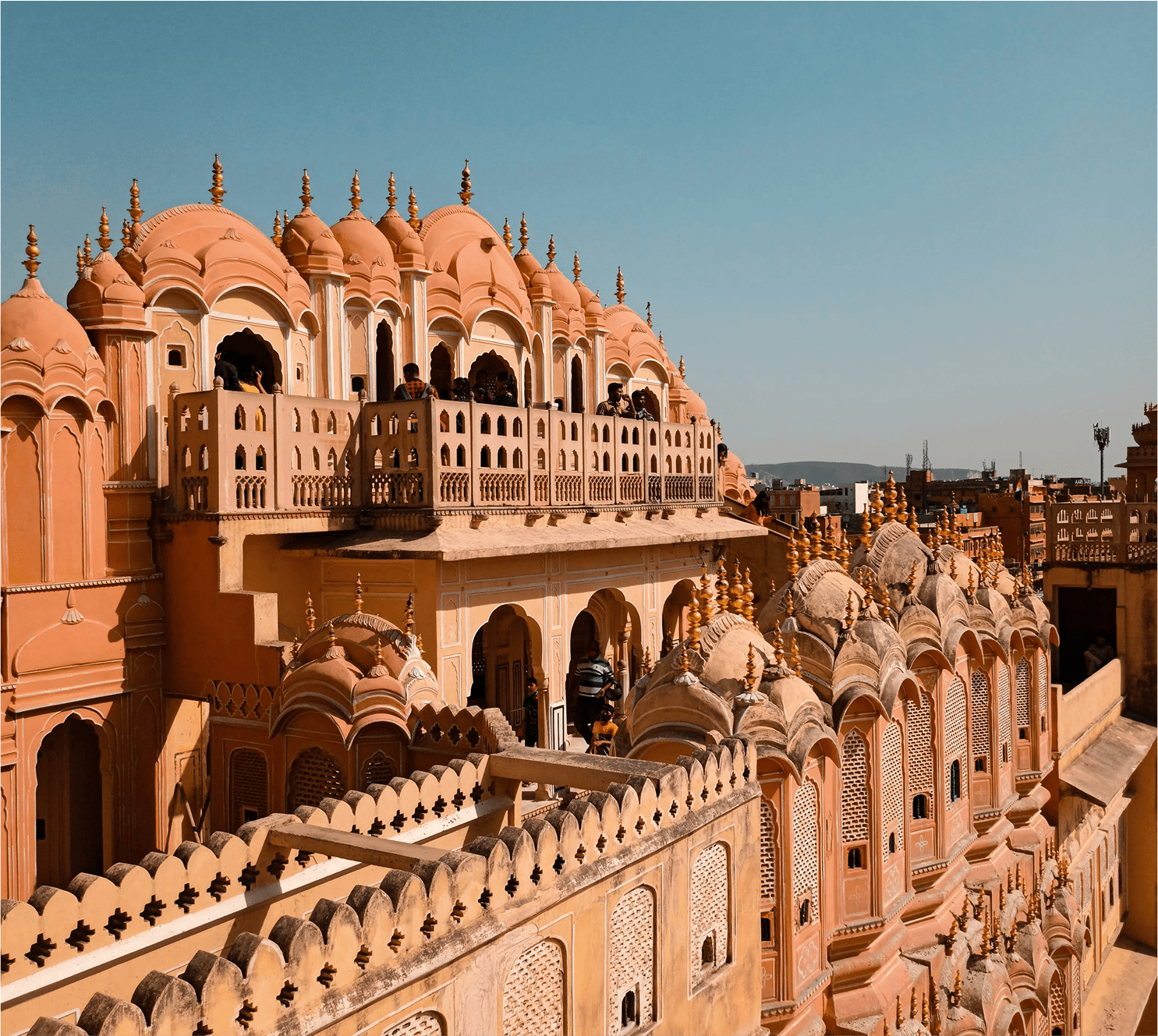
Capture Jaipur’s rooftops and bazaars.

Beautiful interplay of light and shadow through the jharokhas.

Framing shots with symmetry and detail.
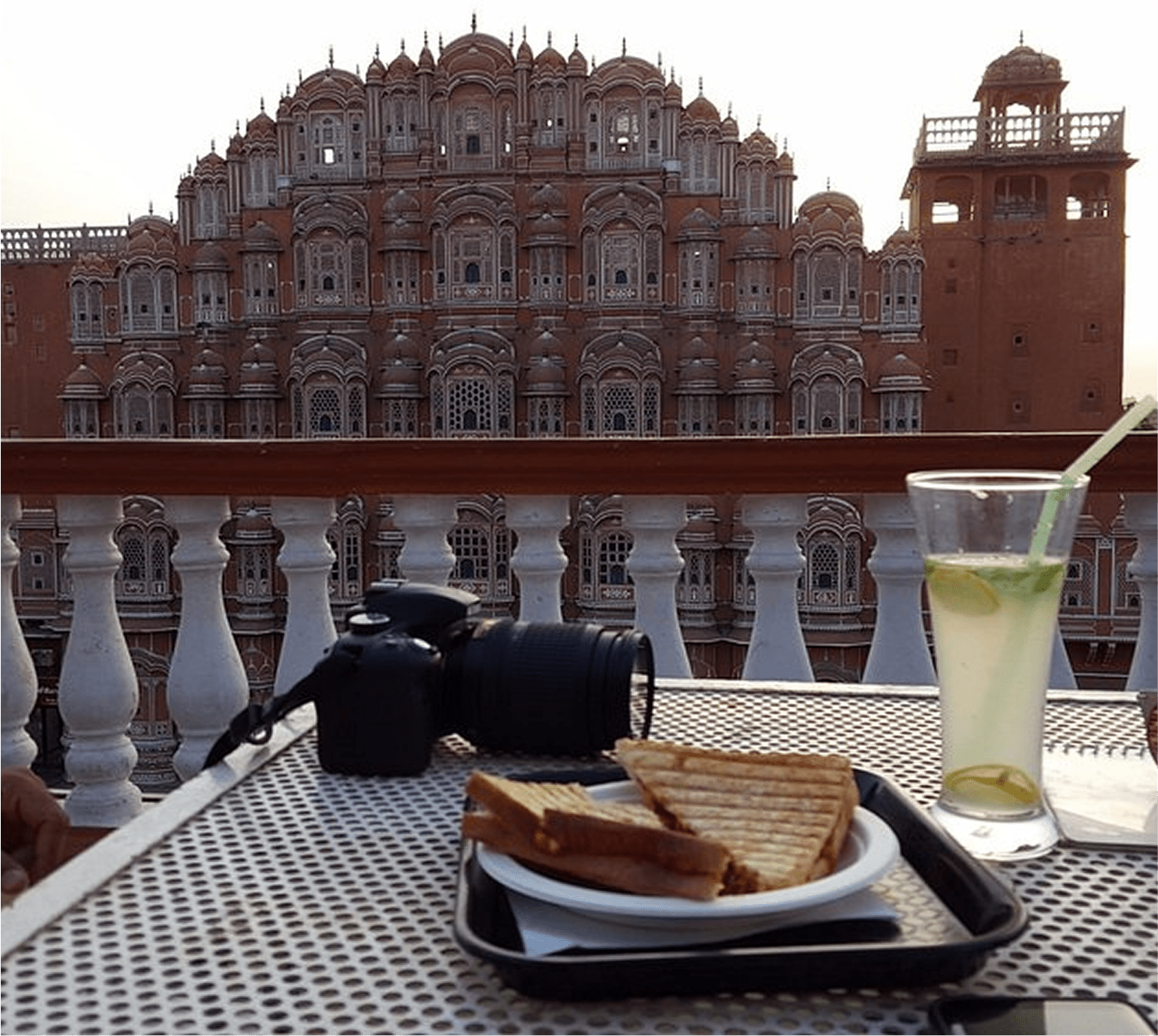
Perfect backdrop for candid or aesthetic travel shots.